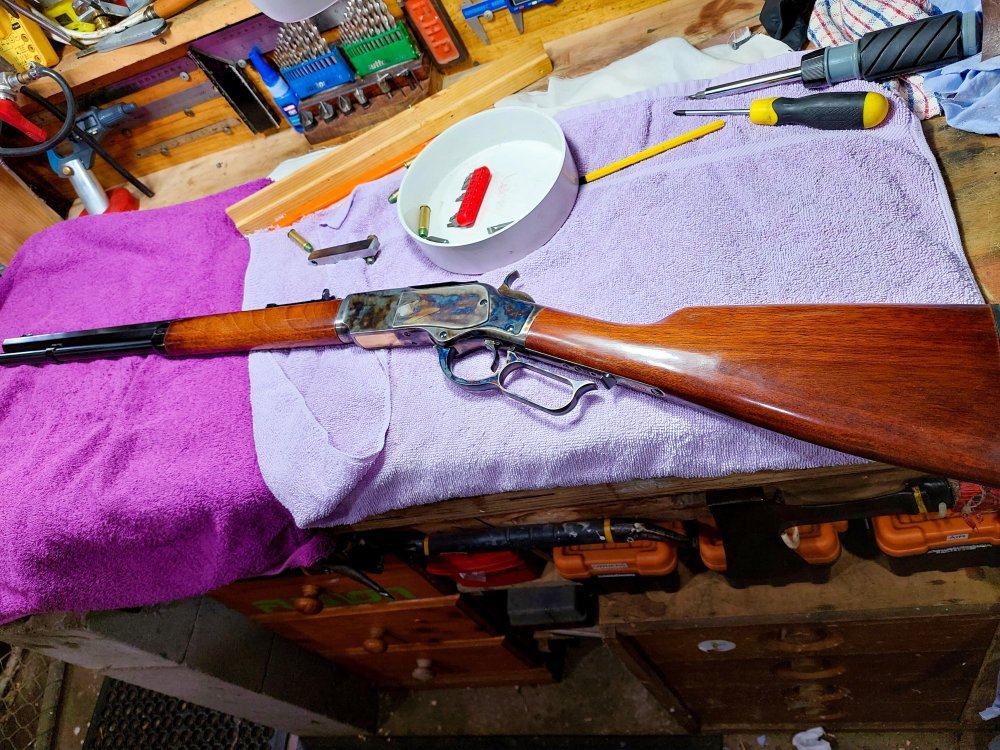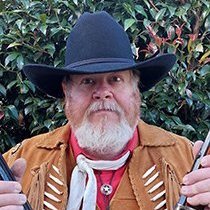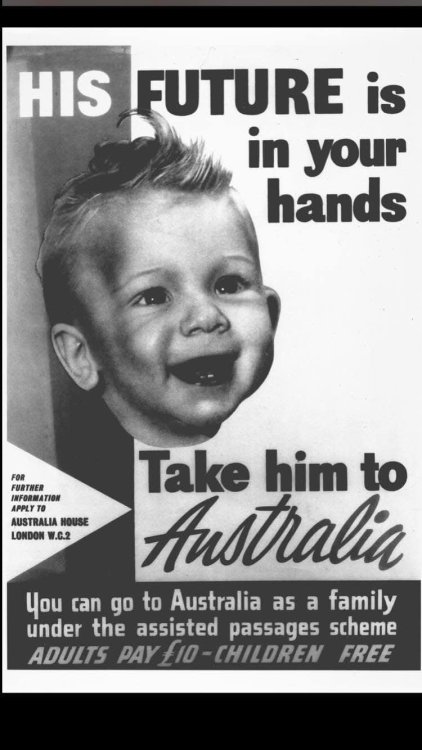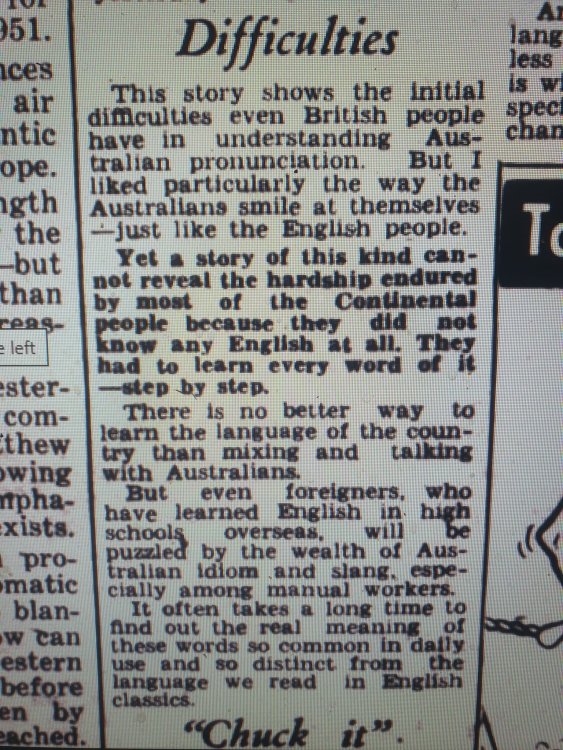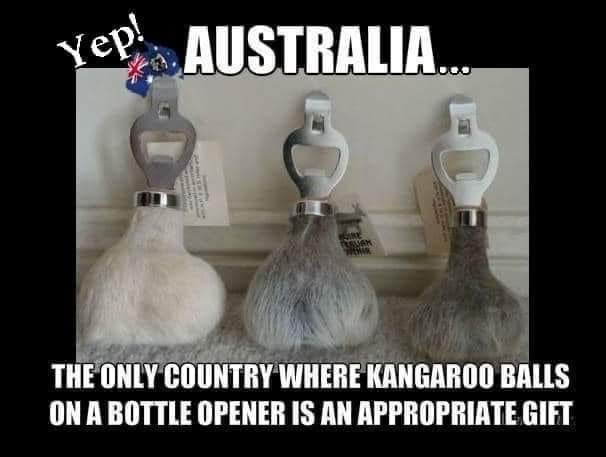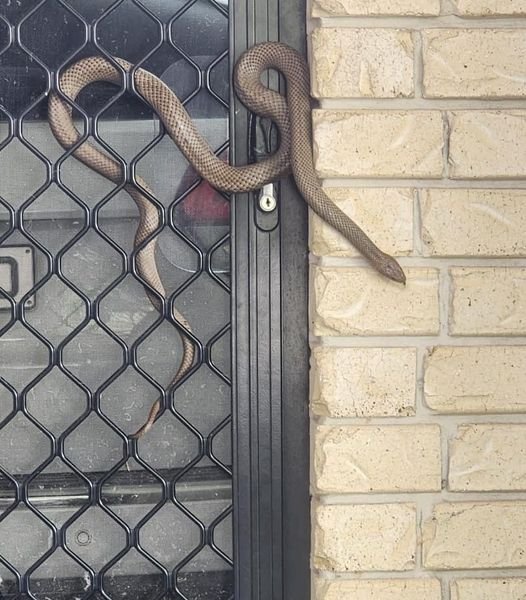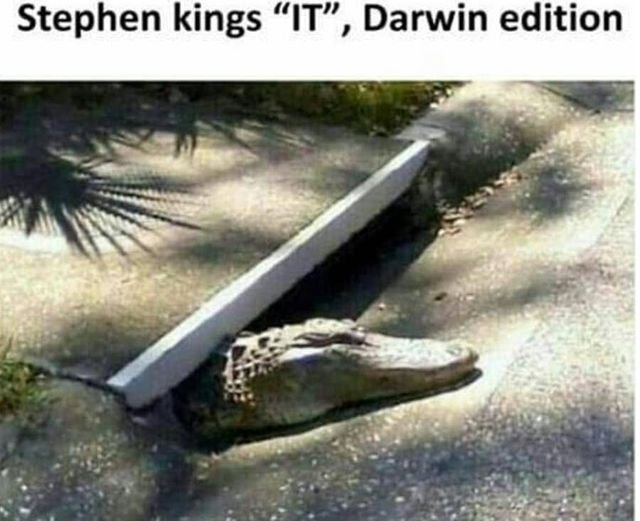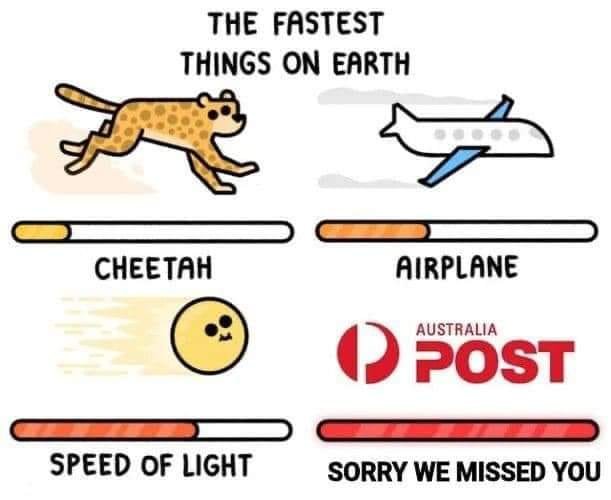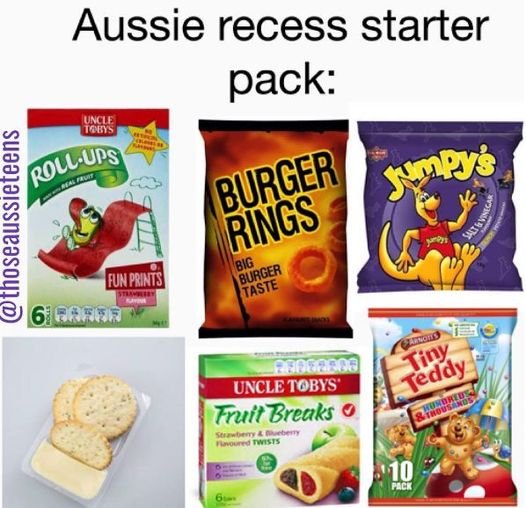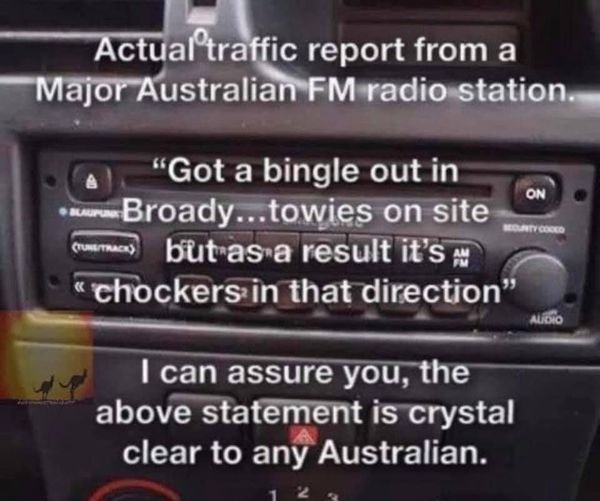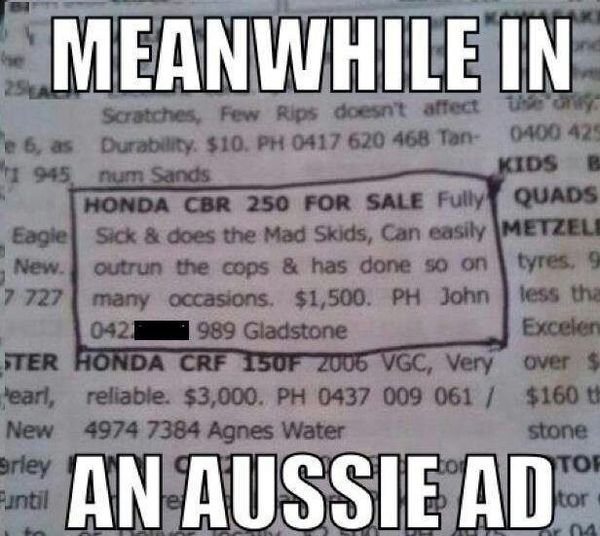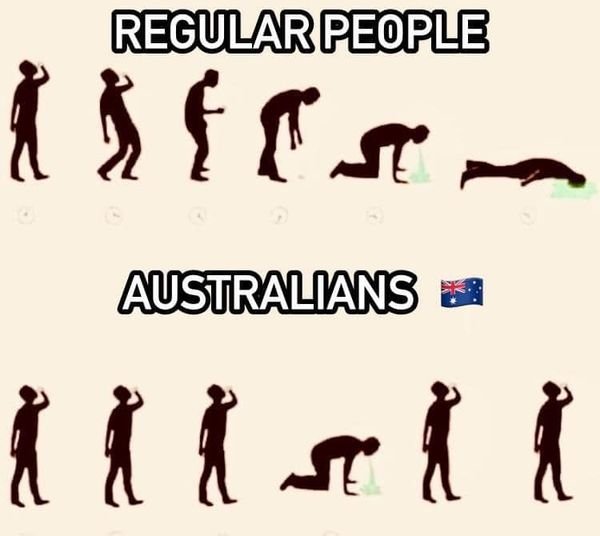-
Posts
10,925 -
Joined
-
Last visited
-
Days Won
86
Content Type
Profiles
Forums
Events
Everything posted by Buckshot Bear
-
That's what we said as kids and also Fix Or Repair Daily.
-
-
-
-
Australia is one of the world's largest countries with one of the worlds smallest populations and the world's smallest continent, but we can't be called an island now because its too big of an island. 😳
-
We were always taught at school that Australia was both the largest island but the smallest Continent. Hence why it was called an Island Continent. But i guess that has changed now.
-
One of Jenorado's life long girlfriends from schools granddaughter, gets picked on at school by a bunch of #$^%#^. In the 'old days' it would have ended (at least a reprieve till the next day) when a bullied kid left the school grounds.....now they get picked on and harassed and bullied 24/7 by social media thugs.
-
P.s Doesn't this remind you of governments and TV channels trying to ban Elvis Presley, The Rolling Stones and The Beatles because the authorities thought they were a bad influence on young people??
-
-
-
How the hell do they think they can enforce this??? Teenagers know more about circumventing internet restrictions and computers with VPN's etc than oldies.
-
-
Just brilliant
-
-
-
-
-
-
-
-
-
-
-
-
So strange hearing you call them 'cookies'.
